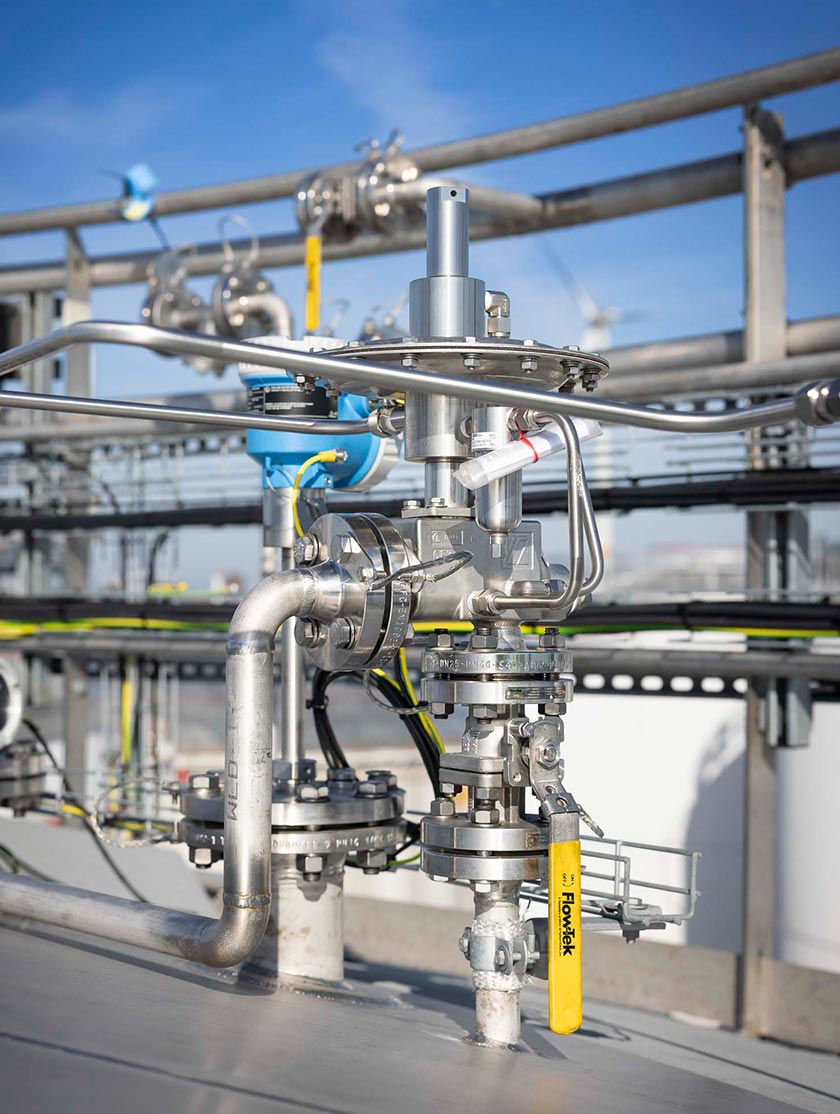Cost Benefits of High-Quality Pressure Reducing Regulators
In industrial applications, maintaining precise control of system pressure is vital to operational efficiency, safety, and equipment longevity. Pressure reducing regulators (also referred to as pressure regulators) play a key role by automatically reducing higher inlet pressures to a constant, lower outlet pressure. While the initial investment in high-quality pressure reducing regulators may seem significant compared to cheaper alternatives, understanding the full financial implications demonstrates that selecting premium regulators often yields long-term financial and operational benefits.
Initial Purchase Cost vs. Total Cost of Ownership
The most obvious financial impact is the initial capital cost. High-quality pressure reducing regulators typically have a higher initial price due to better materials, improved design, tighter manufacturing tolerances, and enhanced performance. However, this initial cost must be compared to the total cost of ownership (TCO), which includes installation, maintenance, downtime, energy consumption, and replacement costs.
Benefits That Help Save You Money
1. Greater Strength and Durability
High-quality pressure reducing regulators are constructed from superior materials such as stainless steel, corrosion-resistant alloys, or engineered polymers. These materials can withstand harsh industrial conditions, including exposure to chemicals, temperature fluctuations, and abrasive media. As a result, these regulators exhibit a higher mean time between failures (MTBF), which reduces frequent replacements and repair costs.
2. Greater Accuracy and Stability
Premium pressure reducing regulators provide improved pressure control accuracy and stability, critical for processes requiring constant liquid or gas pressure. This accuracy minimizes process variations, reduces product waste, and enhances performance quality. Consistent pressure also prevents damage to downstream equipment, lowering overall maintenance and repair costs.
3. Lower Maintenance Requirements
High-quality pressure reducing regulators typically feature a robust design with fewer moving parts subject to wear, self-cleaning mechanisms, or advanced diaphragm materials. These features extend service intervals and reduce labor costs for scheduled maintenance. Additionally, reliable regulators decrease the frequency of unexpected shutdowns, minimizing costly downtime.
4. Compliance and Safety Considerations
Industrial facilities must comply with strict safety and regulatory standards. High-quality pressure reducing regulators are often certified to meet these standards (such as ASME, ANSI, or API certifications). Investing in these regulators reduces the risk of fines, penalties, or regulatory liability costs resulting from equipment failures or non-compliance incidents.
5. Energy Efficiency
Accurate pressure control helps optimize system energy consumption. Excess pressure or fluctuations can lead to wasted energy as pumps, compressors, and other equipment work harder than necessary. Accurate pressure reducing regulators help maintain optimal operating conditions, reducing energy bills over time.
Hidden Costs of Poor-Quality Regulators
Selecting cheaper, poor-quality pressure reducing regulators may reduce upfront costs but often results in higher long-term costs due to frequent repairs and replacements, process inefficiencies, and potential safety incidents. Poor regulation can cause process disruptions, product quality issues, and increased energy consumption, all of which translate into higher operating expenses.
Conclusion
Choosing high-quality pressure reducing regulators for industrial applications requires a higher initial investment but offers significant cost benefits over the equipment's lifetime. Greater durability, improved accuracy, reduced maintenance, safety compliance, and energy savings together reduce the total cost of ownership. Industrial operators should carefully consider these factors and prioritize quality and reliability when selecting pressure reducing regulators to ensure consistent performance and maximize return on investment.
Need the Right Pressure Reducing Regulator? Get Expert Help Selecting the Ideal Regulator Engineered for Performance |
Cashco’s pressure reducing regulators are designed for precise pressure control across a wide range of industrial applications—delivering reliability, safety, and efficiency. For more information about Cashco's regulators, view all models here .
Cashco's priority is to make sure you select the right product for your application. Need help sizing your regulator? Complete our Regulator Sizing Form and our experienced team will gladly assist you in finding the ideal product!
Animated Guide: Pressure Reducing Regulator Function |
Discover the workings of a pressure reducing regulator in our animation video. Using the force-balance principle, this device reduces and maintains downstream pressure in a pipeline. Watch as we demonstrate how the regulator’s diaphragm and valve assembly create resistance to reduce upstream pressure. Learn how downstream flow demands impact the regulator, causing it to adjust and maintain a constant pressure.





